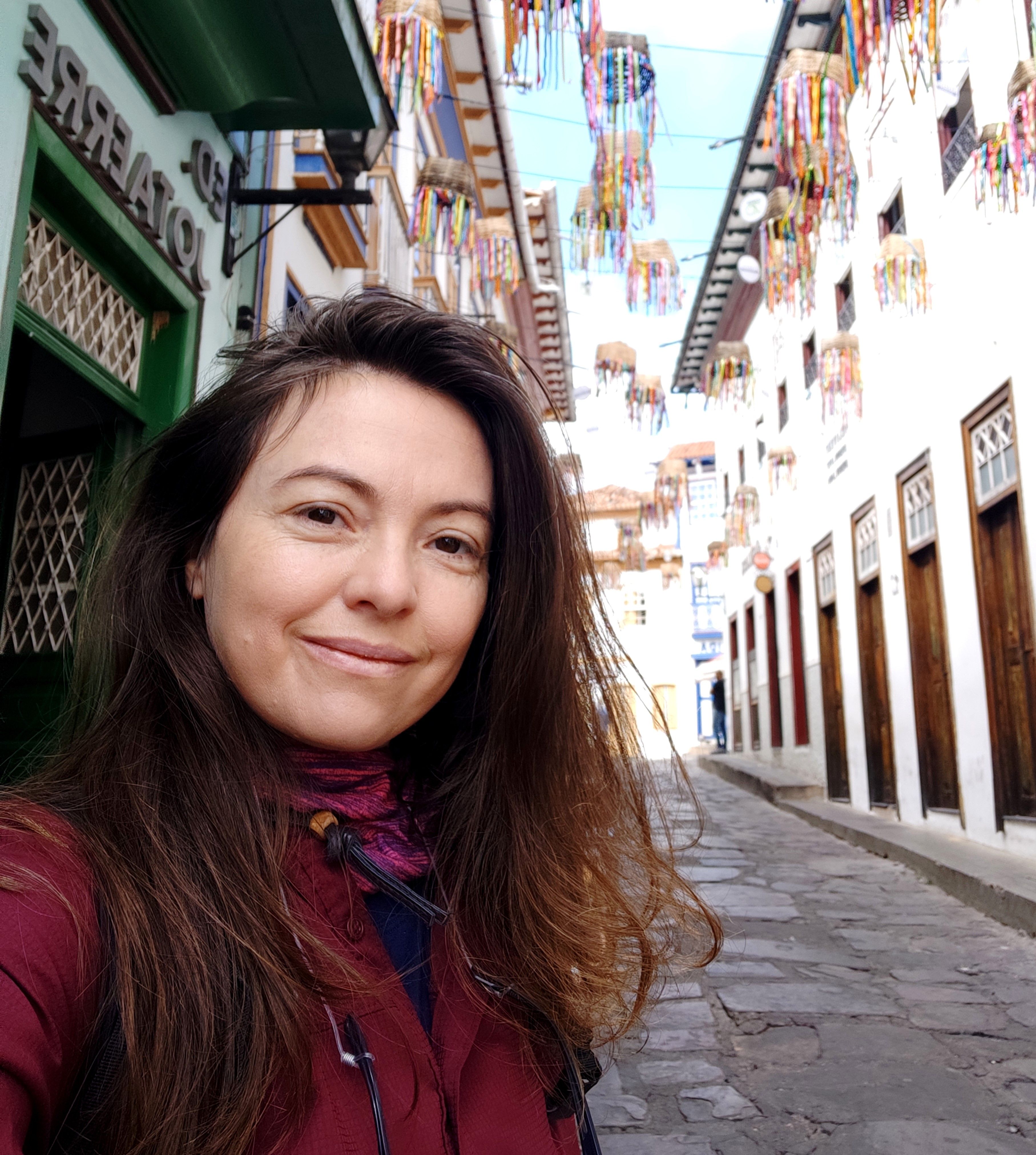Best Practices for Porosity Estimation in Karstified Pre-Salt Carbonate Reservoirs
OR
About the Course
SPWLA members, view the course for free!
The dynamic impact of the extra matrix pore system in presalt carbonate reservoirs has been the driving force for the development of new techniques and workflows for their characterization. The presence of large-scale and high connectivity pore systems can affect several processes, from drilling and completion efficiency to flow modeling and history matching. Characterizing these systems requires a peculiar type of modeling that is based both on measurements and assumptions since the geometry of the pore network extends beyond the well, residing in an intermediate scale that cannot be fully measured on petrophysical logs nor on seismic data.
However, borehole image logs detect the presence of this pore scale, not completely, but in the most representative way possible. Therefore, quantitative analysis of those structures based on borehole image logs became mandatory for projects targeting presalt carbonates. In these reservoirs, porosity and permeability models from the well to geocellular scale have been built, integrating attributes extracted from borehole image logs, conventional petrophysical log suits, routine core analysis, and permeability estimations based on drillstem test measurements.
However, we observed that the traditional petrophysical logs used for modeling the matrix porosity partially detect the extra matrix pores system, even after they receive proper environmental corrections (Fig. 1). Therefore, the logs typically used to characterize the matrix effective porosity are consistently contaminated by a mixture of pore volumes that actually belong to different pore types and scales that would have distinct flow behavior.
Hence, in this study, we seek to carry out a comparative analysis of the different porosity logs acquired in presalt karstified carbonate sections, searching for means of isolating the extra matrix systems and characterizing the effective matrix porosity in a more precise manner. The most accurate way to do that appears to be by using the decomposition of the nuclear magnetic resonance (NMR) relaxation spectrum, which separates the mud signal detected in large cavities from the relaxation of the matrix pore volume. That is considered the best candidate to represent the matrix effective porosity.
Conversely, the quantitative analysis of the borehole image logs must be used to represent the extra matrix porosity. By separating the effect of the mega and giga pores on the porosity logs, it is possible to model parts of the reservoir that are expected to behave as standard porous media and treat the large-scale pore system with different mathematical representations. A sensitivity analysis demonstrating the impact on VOIP was also performed on a three-dimensional (3D) model considering three scenarios: one with the ideal matrix porosity log, another one with the NMR porosity log contaminated by extra matrix pore volume, and another one considering the sum of ideal matrix porosity and the extra matrix porosity. The extra matrix pores present on karstified reservoirs do not flow like traditional porous media, and they may have a significant impact on project scope and field productivity.
Therefore, it is essential to represent these systems as accurately as possible. Using this approach, we intend to determine the best practices for representing the porosity in karstified reservoirs while separating contaminated and nonrepresentative measurements that these large-scale pores generate in direct porosity tool readings, leading us to more predictive mode
Your Instructor

Candida Menezes de Jesus received her BSc in Geology from Rio Grande do Sul Federal University; Brazil and she got her MSc degree (working with sandstone provenance and diagenesis) at Rio de Janeiro State University in 2005. Candida joined Petrobras in 2007 as part of the exploration team of the International Business Unit, based in Rio de Janeiro. Currently, she is a Senior Petrophysicist specialized in borehole image logs working in Petrobras Reservoir Development and Production department. She is responsible for coordinating research projects that apply artificial intelligence to petrophysics, and since 2015 she has been devoted to studying the petrophysical properties of karstified carbonate reservoirs and their dynamic behavior. Candida's interests include petrophysics, karst, carbonate reservoirs, borehole image logs, and artificial intelligence
